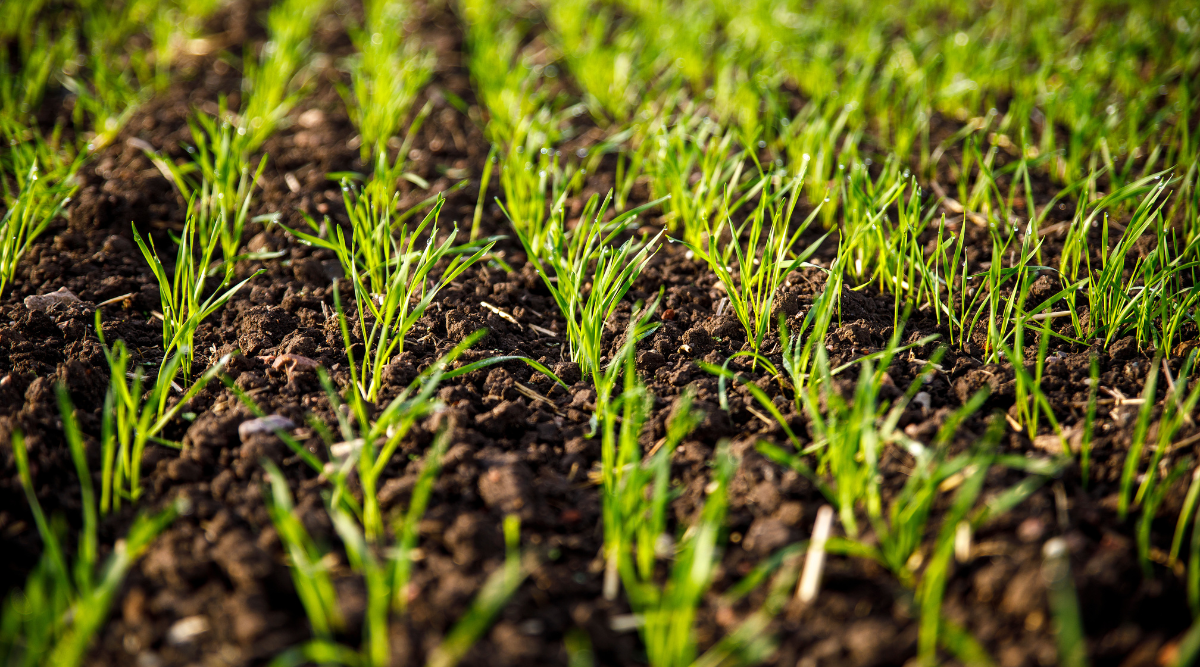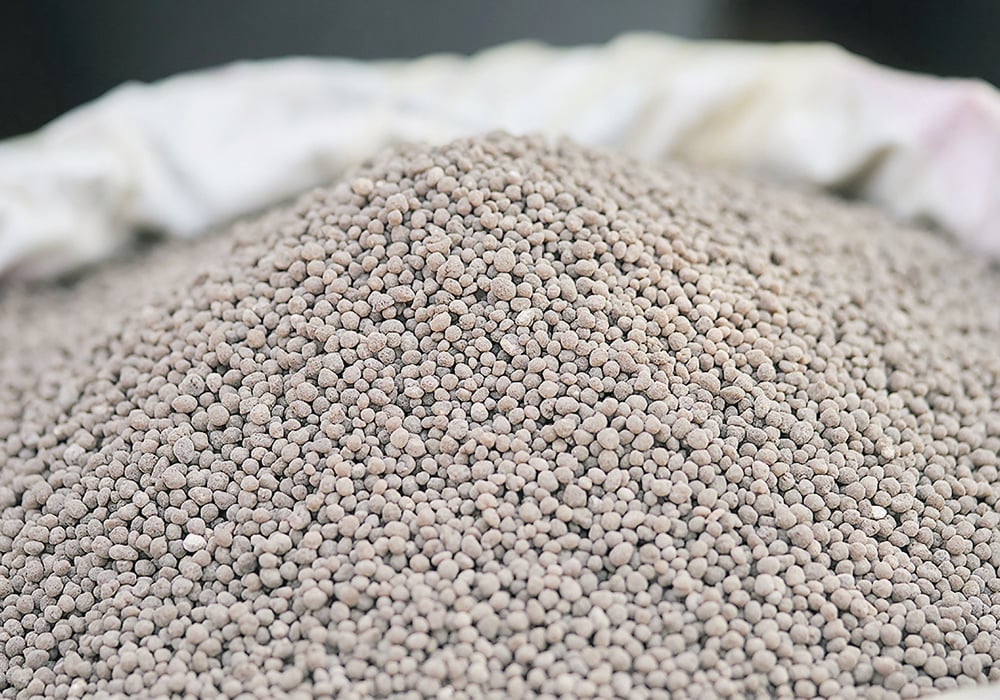Optimizing Phosphate Fertilizer for Early Crop Establishment and Growth

A successful crop requires uptake of the required amount of nutrients, most of which are applied as fertilizer. It is common for growers to apply nutrients as a blend of several fertilizers at one time for practicality and time management. Regardless of nutrient requirements and application practices, quick and early crop establishment is contingent on timely access to nutrients by seedlings.
Phosphorus is a critical nutrient in plant development and is typically delivered in the form of phosphate fertilizer. As phosphorus plays as key role in seedling germination and root development, early access to this nutrient is a requirement of vigorous early plant growth and the many agronomic benefits that are derived from it including increased competition against weeds and enhanced defence against insects. In soil conditions that are cool and wet, timing of access to fertilizer is reduced and with phosphorus being an immobile nutrient in the soil, proximity to the seed becomes even more important.

To facilitate early access to phosphorus, the inclusion of phosphate fertilizer in the seed row is an option. Although phosphate fertilizer is typically less toxic to seedlings compared to others such as nitrogen-based fertilizer, it is still a requirement to ensure that seed safety will not be compromised when applying seed-placed phosphate.
Determining how much, if any, phosphate to include in the seed row is based on several considerations.
Seed Bed Utilization (SBU) is determined by the width of the seed row opener and the row spacing of the implement; the SBU of the drill determines how much fertilizer can be safely applied in good moisture conditions. The presence of good soil moisture reduces fertilizer toxicity and as heavier soils tend to hold more moisture, both soil moisture levels and soil type must be considered. It is recommended that growers consult with their local agronomists to determine whether, or how much, seed placed phosphate can be safely applied in their seeding operations.